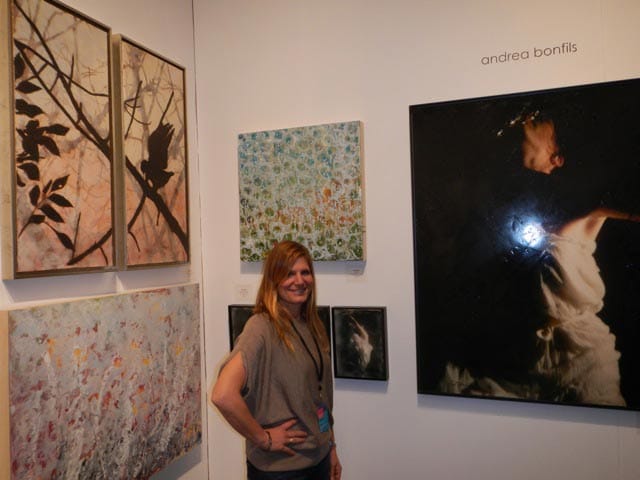When it comes to galleries, there is no one-size-fits-all artist, and no two galleries and gallery owners are alike.
Editor’s Note: This is an excerpt from Renée Phillips’ “Dealing with Dealers.”
There are many things you can consider to build positive relationships with dealers. Before you approach them, learn as much as you can about them, their professional background, their gallery’s current aesthetic direction, mission statement and various programs. If you cannot visit the gallery in person to view several exhibitions, search for reviews and interviews about them published on the Internet or in print. Also, rely on professional word of mouth to learn more about the gallery’s artists, reputation, history, success rate and its position in the art community.
Leah Poller, international artist, curator and former gallery owner of the Art Alliance in SoHo agrees: “Do your homework. Find the gallery that shows your type of work. It also has to be in your price point. And, preferably the artists they represent should be in your generation.”
She recommends, “Go to at least four to five shows a year at the gallery and discuss the work that is exhibited (not your own work) with the gallery staff. Be knowledgeable beyond just your own creativity.” She warns, “The relationship can sometimes take two to three years to develop. Patience is a virtue.”
Be alert to the gallery’s vocabulary and philosophy, and speak to them in their familiar language. You might even share some of the same favorite artists, books and cultural and educational backgrounds. When you discuss these subjects with sincerity, they could really strike a compatibility cord.
Andrea Bonfils is a full-time artist who works from a post-and-beam barn studio in Connecticut. She has created many rewarding professional relationships during her career. She states, “When approaching galleries or dealers or anyone else that can advance your career, there are no set rules because every situation is vastly different. The more personal and direct you can get, the better. Focus on their self-interest, which means you have to know what they need, want, sell, how they operate, changes in their economics, social lives, etc.”
Bonfils explains, “Most artists are so consumed with themselves, they don’t see that the dealer may be focused on financial obligations, deadlines, client relations, sales opportunities, PR and community relations, and so many other business factors.”
She is right. It helps to understand the dealer’s perspective. Operating a gallery or other art retail business is extremely challenging and risky. Before you agonize over the dealer taking a 40-50% commission, consider the expenses they may be incurring. It is possible that their operating expenses exceed several thousands of dollars just to open the door, pay employees, purchase advertising, entertain their customers, attend VIP events, incur shipping charges, and much more.
Since many respected galleries rely on their colleagues, art collectors and the artists they already represent to recommend new artists to them, it is wise to build a strong career as well as relationships. Whether you have a referral or not, if you have confidence that your work fits the gallery’s artistic direction and you have strong presentation materials to reflect the work, you should approach them directly without hesitation.
In general, before approaching commercial galleries, especially in New York City, it is important to have a strong and cohesive body of work, previous exhibitions in respected venues, a track record of sales, press reviews and awards. This will ensure you are ready to approach legitimate galleries with the confidence that your work has value — both artistically and financially.
And remember, instead of viewing gallery owners as your saviors or guardians, view them as your equal counterparts, as people who have real lives, tastes, experiences, and cultural and educational backgrounds that make them unique. With that perspective, relationships will be much more rewarding and less intimidating.
Renée Phillips, The Artrepreneur Coach, is the author of several books and publications that can be found on Manhattan Arts International . She is also the curator of juried exhibitions including those related to “The Healing Power of ART”. She offers advice to artists in private consultations and on her blog at http://reneephillips.blogspot.com. She invites you to follow her on Twitter @reneephillipsny, and join her on www.Facebook.com/ReneePhillipsArtCoach and www.linkedin.com/in/reneephillipsartcoach.




